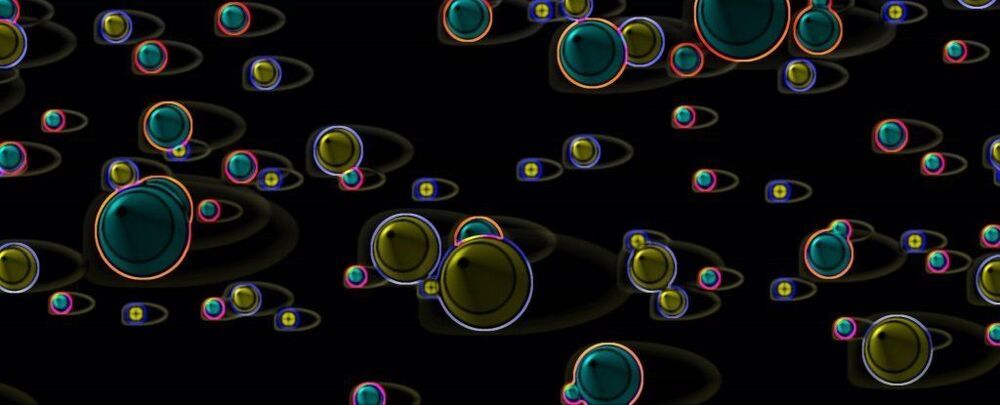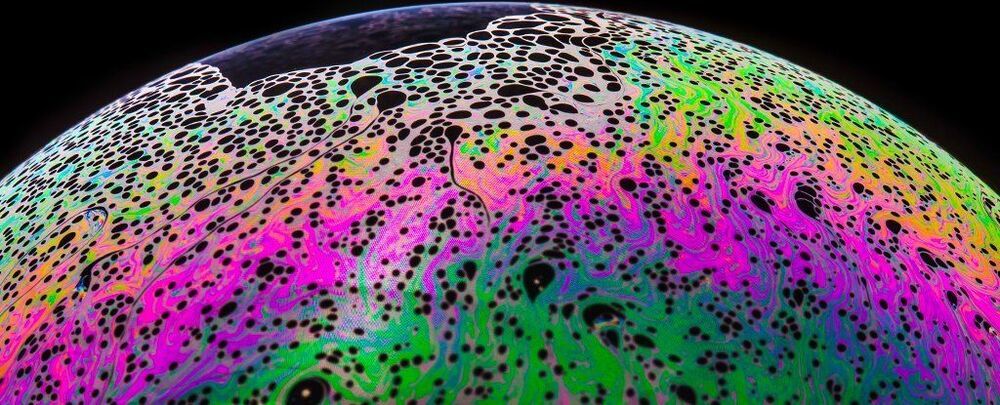Jun 3, 2021
There’s No Speed Limit in a Superfluid Universe. Now We Know Why
Posted by Quinn Sena in category: particle physics
In the cold, dense medium of a helium-3 superfluid, scientists recently made an unexpected discovery. A foreign object travelling through the medium could exceed a critical speed limit without breaking the fragile superfluid itself.
As this contradicts our understanding of superfluidity, it presented quite a puzzle — but now, by recreating and studying the phenomenon, physicists have figured out how it happens. Particles in the superfluid stick to the object, shielding it from interacting with the bulk superfluid, thus preventing the superfluid’s breakdown.
“Superfluid helium-3 feels like a vacuum to a rod moving through it, although it is a relatively dense liquid. There is no resistance, none at all,” said physicist Samuli Autti of Lancaster University in the UK. “I find this very intriguing.”


















